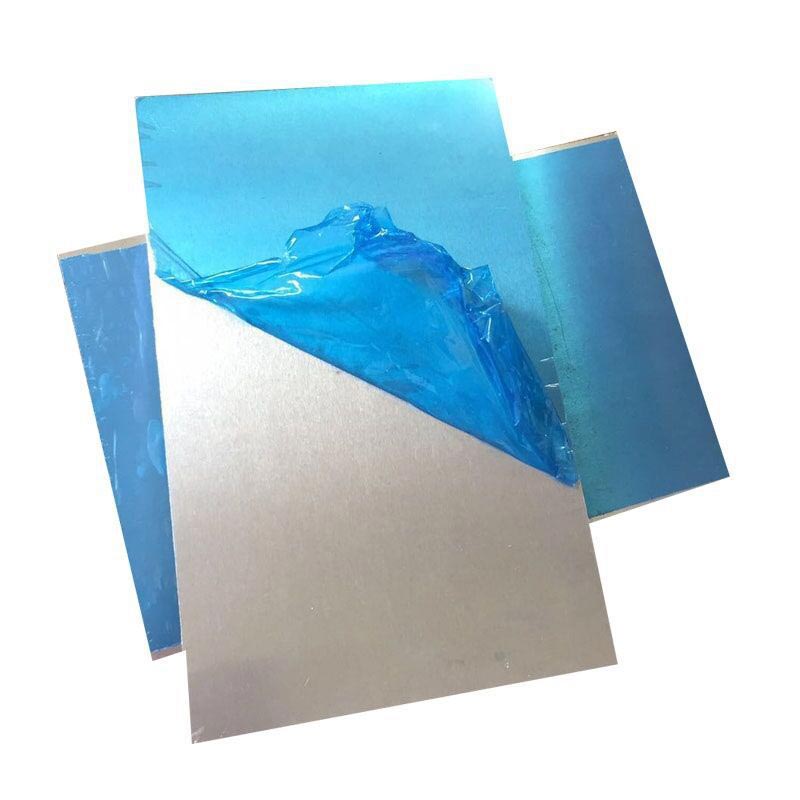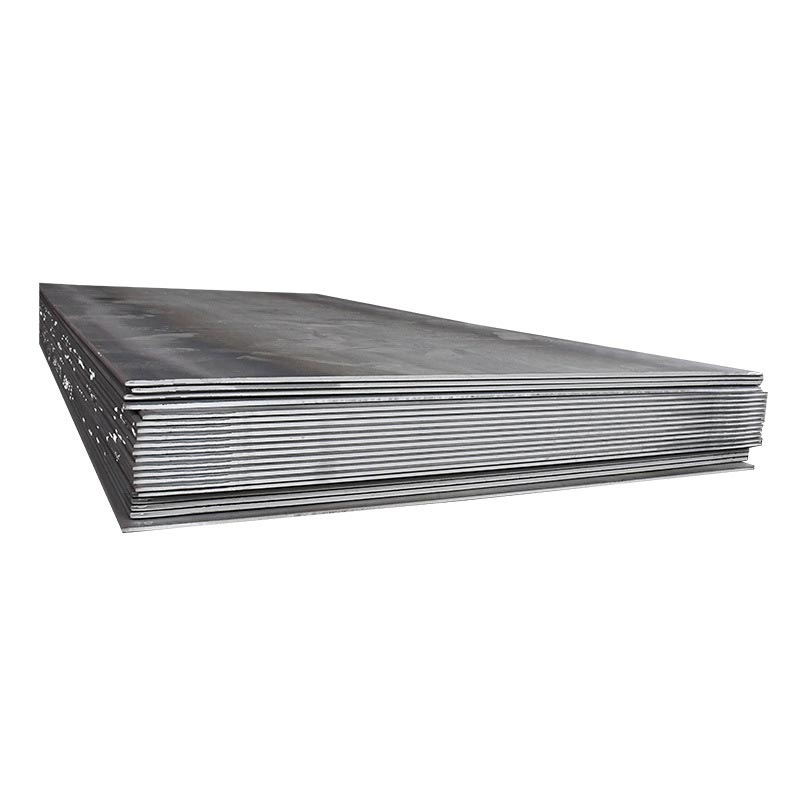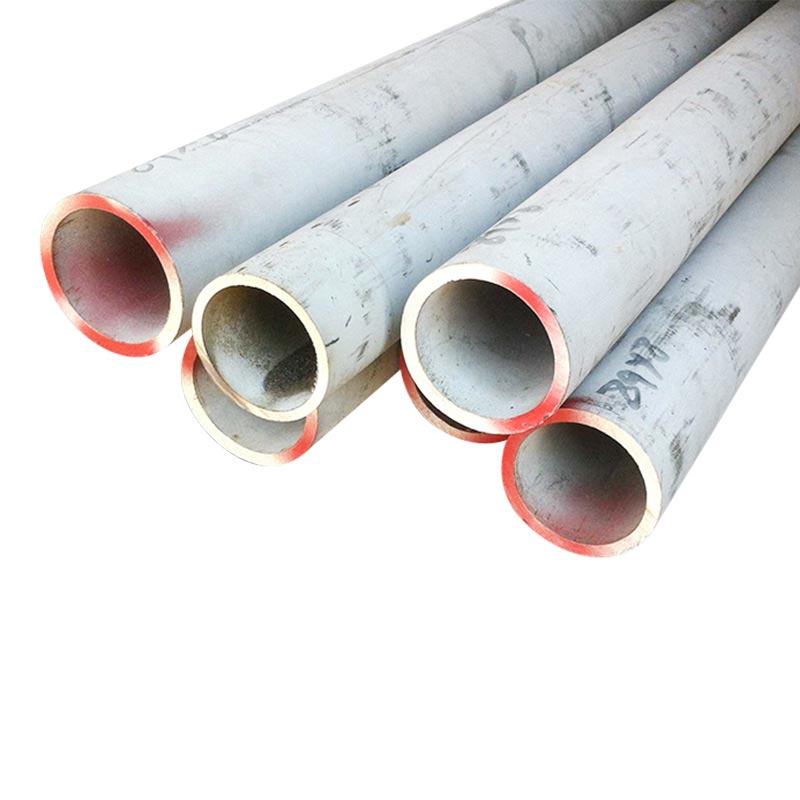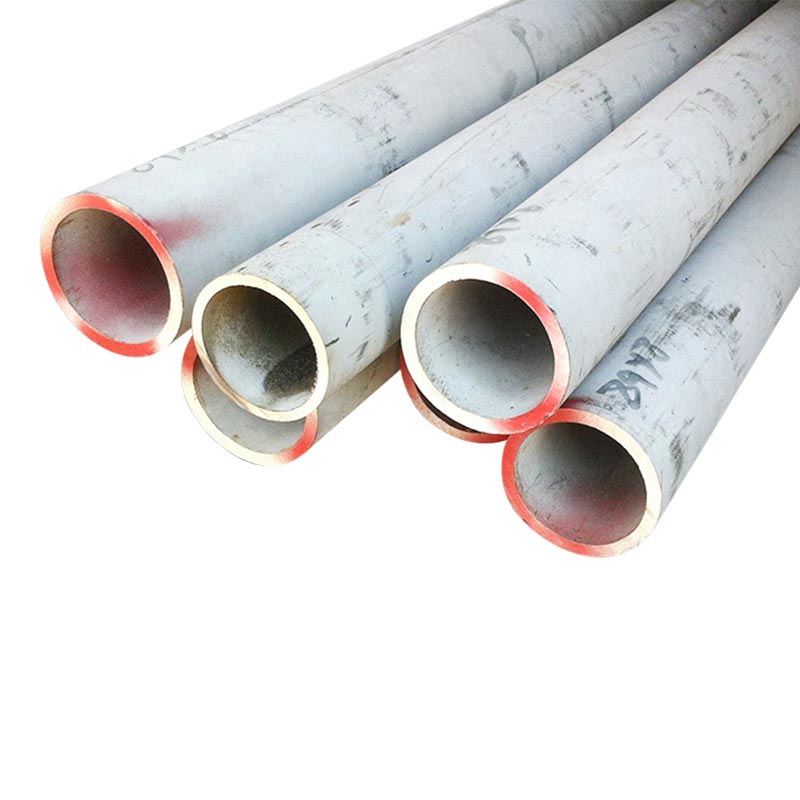Stainless-Steel-Tube Welding Process and Considerations
Stainless-Steel-Tube Welding Process and Considerations
The stainless-steel-tube is characterized by ultra-low carbon, low nitrogen, a typical composition of Cr 17%, Ni 5%, and a higher nitrogen content compared to first-generation duplex steel stainless-steel-tubes. This enhances resistance to stress corrosion cracking and pitting corrosion in acidic media with high chloride ion concentrations. Nitrogen is a strong austenite-forming element. Its addition in duplex stainless steel not only improves strength without significantly damaging the plasticity and toughness of the steel but also inhibits the precipitation of carbides and delays related processes.
Microstructure and Properties: At room temperature, the microstructure consists of approximately equal proportions of austenite and ferrite, exhibiting the characteristics of a dual-phase structure. It retains the advantages of ferritic stainless-steel-tubes, such as higher thermal conductivity, resistance to pitting, crevice corrosion, and chloride stress corrosion cracking, while also possessing good toughness, low ductile-to-brittle transition temperature, resistance to intergranular corrosion, and favorable mechanical properties and weldability.
Material can be saved under the same pressure rating conditions. The yield strength and stress corrosion resistance of duplex stainless-steel-tubes are nearly double that of austenitic stainless steels. The linear expansion coefficient is lower than that of austenitic stainless steels and is closer to that of carbon steel. However, cold forging properties are inferior to austenitic stainless steels.
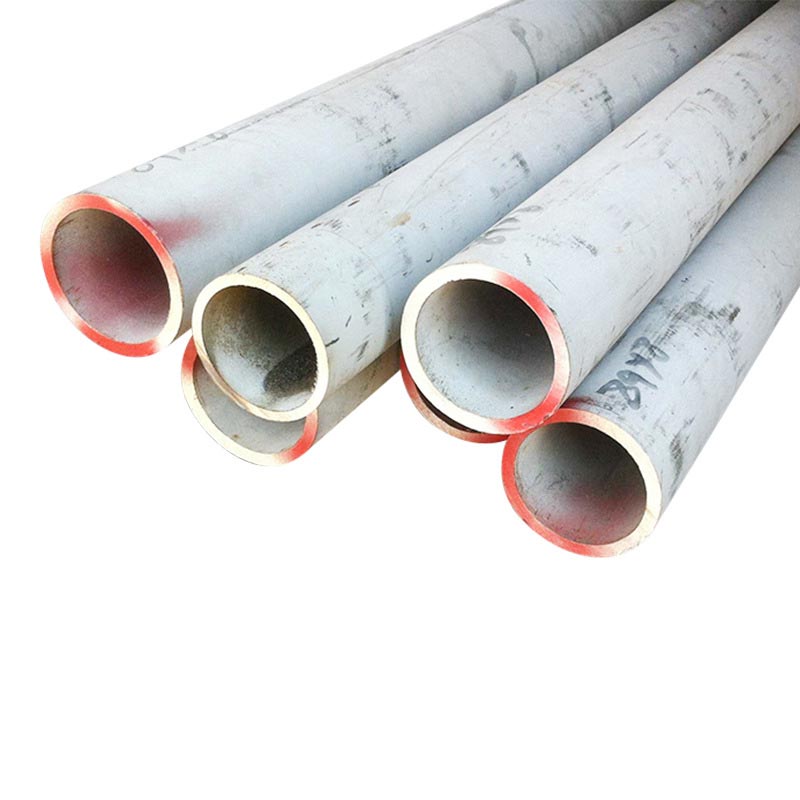
Weldability: The stainless-steel-tube generally exhibits good weldability, with low sensitivity to both cold and hot cracking. Typically, preheating is not required before welding, and post-weld heat treatment is not necessary. Due to the low tendency for single-phase ferrite formation in the heat-affected zone (HAZ) and the high nitrogen content, good comprehensive properties can be achieved by selecting appropriate welding materials and controlling the heat input.
Hot Cracking: The susceptibility to hot cracking is significantly lower than that of austenitic stainless steels. This is because the nickel content is not excessively high, the level of impurities that form low-melting-point eutectics is very low, making the formation of low-melting-point liquid films less likely. Furthermore, the risk of rapid grain growth is not prevalent at high temperatures.
Embrittlement of the Heat-Affected Zone (HAZ): A primary concern in welding duplex stainless-steel-tubes is the HAZ. Due to the rapid cooling effect of the welding thermal cycle, the HAZ, being in a non-equilibrium state, often retains an excessive amount of ferrite upon cooling. This can increase susceptibility to corrosion and hydrogen-induced cracking.
Welding Metallurgy: During the welding of duplex stainless steel, the microstructure of the weld metal and the HAZ undergoes a series of changes under the influence of the thermal cycle. At high temperatures, the microstructure of the stainless-steel-tube is predominantly ferritic, with austenite precipitating during the cooling process. The amount of austenite precipitated is influenced by various factors.
- Differences in Wall Thickness Tolerance Control Methods Between Stainless Steel Tube and Stainless Steel Seamless Tube
- What Problems Are Prone to Occur When Cutting 304 Stainless Steel Sheet?
- How to Deal with Decarburization of 304 Stainless Steel Sheet?
- Special attention must be paid to these issues during the welding of stainless steel tubes
- Reliability of 304 Stainless-Steel-Tube Products
- Stainless Steel Sheet Manufacturer: Common Size Specifications for Stainless Steel Sheets






